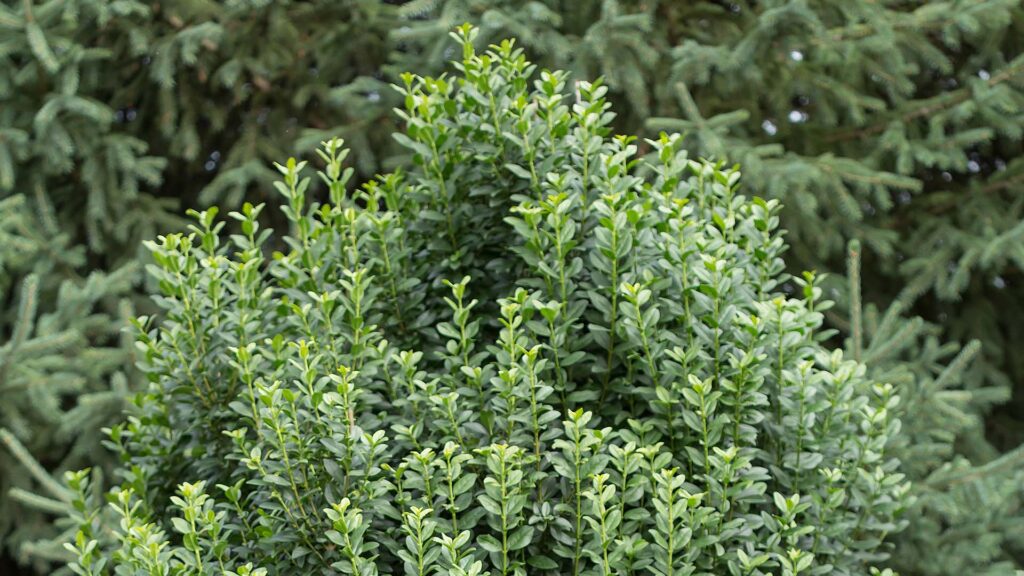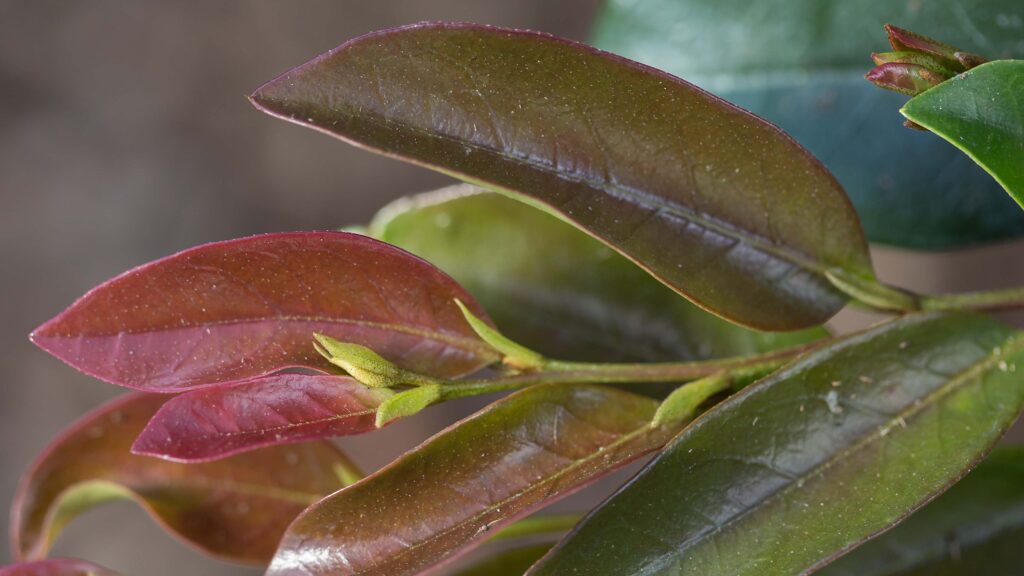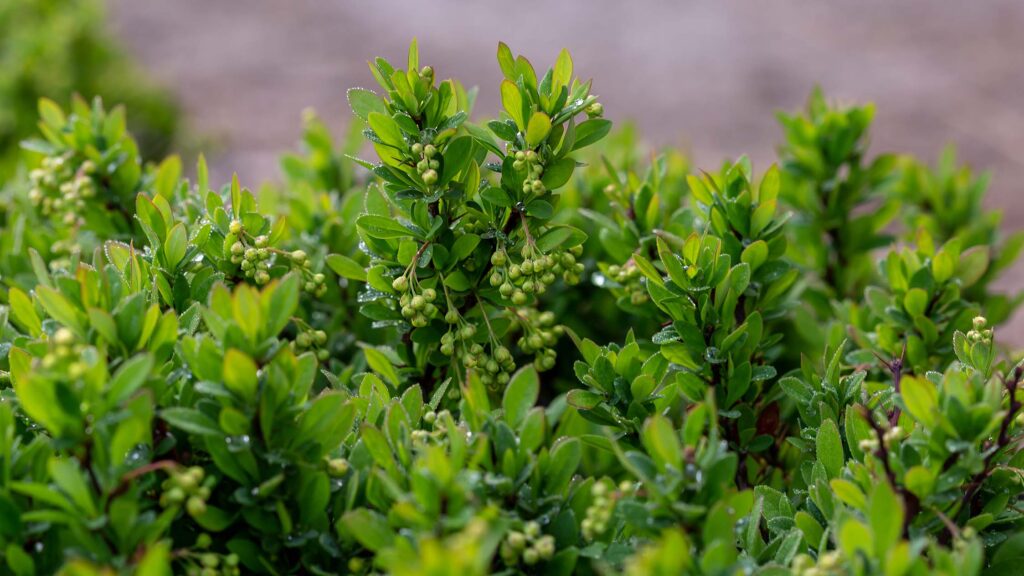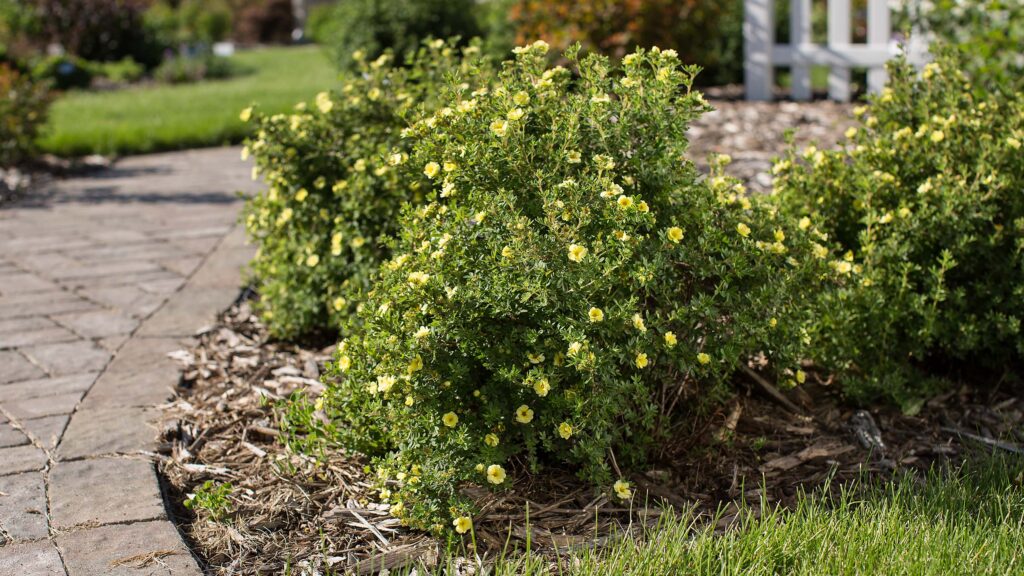Whether you live in an area where the water supply is tight, you want to be conscious about your water usage, or you’re looking to minimize the time and money you spend on watering your plants in the landscape, drought-tolerant plants are here for you. If the topic of drought-tolerant plants is new to you, we have compiled some common questions about these plant choices and why they are a must for any landscape!
 Straight Talk® Privet
Straight Talk® PrivetWhat are drought-tolerant plants?
Certain plants are naturally drought-tolerant, meaning they can survive in a landscape with less water. Being drought-tolerant does not mean the plant will never need water. The key is that it will require less water. It is important to note that newly planted drought-tolerant plants will still need some water to get established in their new home.
 Linebacker™ Distylium
Linebacker™ DistyliumWhy are certain plants drought-tolerant?
These plants have built-in characteristics that make them more drought-tolerant than others. For example, a plant with small leaves means there is less surface area where water loss occurs. Ones with extensive root systems can reach water further away. Those that have waxy leaves can retain water for a longer time. And plants with leaves that are covered in fine hairs can more easily grab and hold onto that water. The common thread between these characteristics is that they help the plants reduce water loss while maximizing their water intake.
 Moscato™ Barberry
Moscato™ BarberryWhy should I use drought-tolerant plants in my landscape?
Like we mentioned above, if you live in an area where the water supply is tight or you’re looking to minimize water bills and usage, supplementing your landscape with drought-tolerant plants is a smart idea. So far, during the summer of 2021, an average of 46.74% of the contiguous United States has experienced moderate to exceptional drought.¹ Whether you have experienced this or not, planning ahead and utilizing drought-tolerant plants in your landscape design will provide you with ease of mind in case future summer seasons look similar.
 Lemon Meringue™ Potentilla
Lemon Meringue™ PotentillaWhich drought-tolerant plants are best for me?
Like all good answers, it depends. First, make sure you know your hardiness zone and the conditions of the site you’re working with (i.e., how much sun or shade the spot gets, what kind of soil you have, your desired landscape design, and any other key characteristics of the space). It’s also important to know which plants are invasive and which are not in the area you live in. Then, start searching! Check out all of First Editions® Shrubs & Trees drought-tolerant options here!
¹ National Centers for Environmental Information